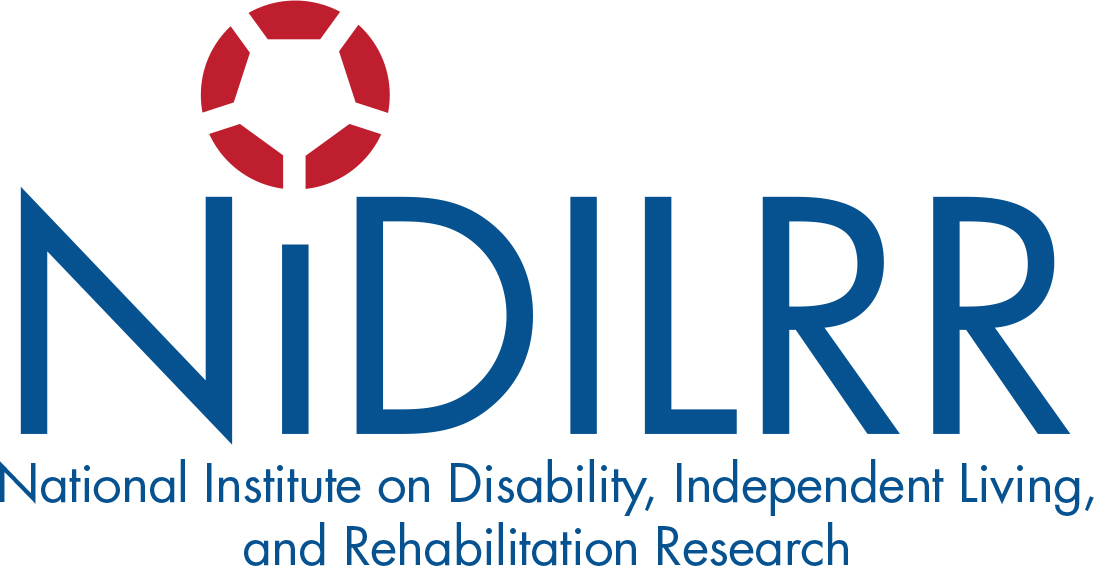The UMN bladder may result in high pressure retention or frequent small urinations with incomplete emptying. The Ureter pressure threshold is overcome rapidly. Reflux of urine into the kidney occurs at a relatively low bladder volume.
The UMN bowel relexes and anal-rectal tone is increased.
Notes:
- Spinal cord bladder and bowel reflex arcs remain intact
- Bladder and bowel muscles contract without central nervous system input
- Loss of coordinated activity which may result in detrusor-sphincter-dyssuynergia (DSS) or simultaneous contraction of the detrusor muscle and the external urethral sphincter in the bladder
